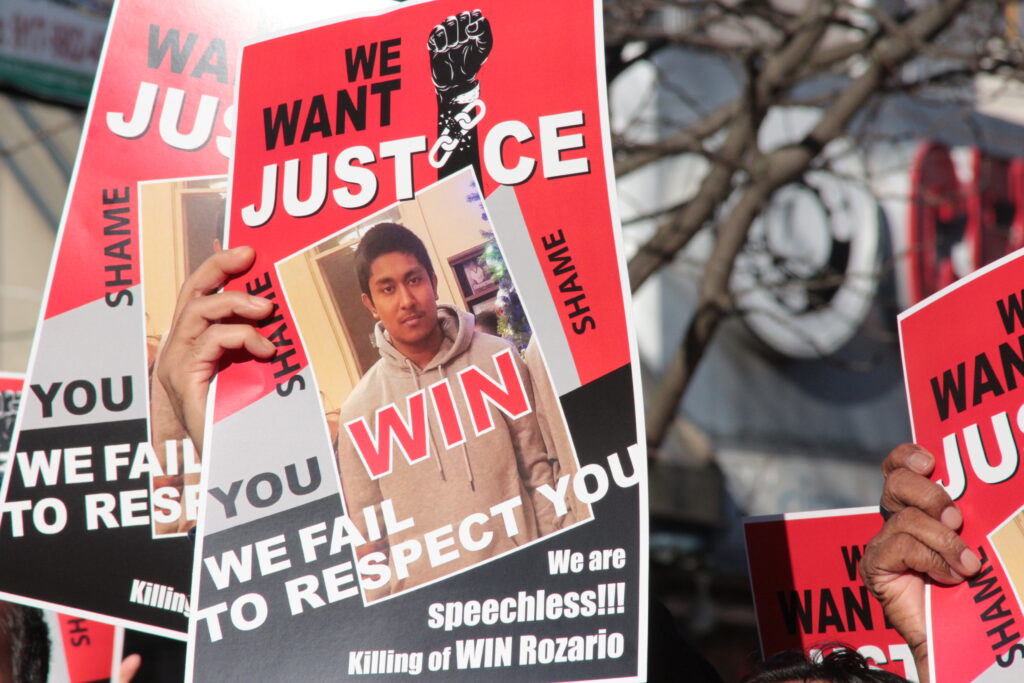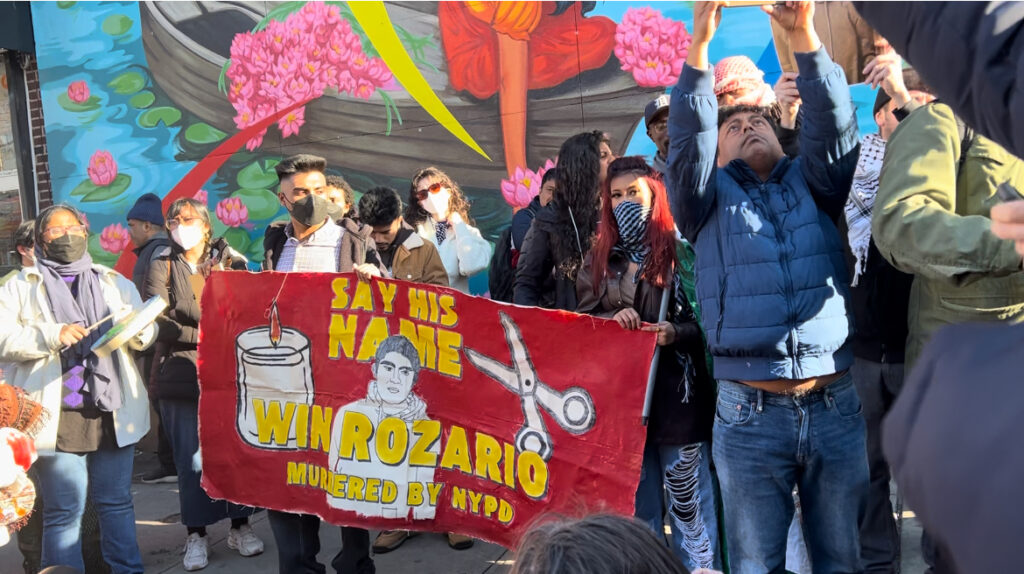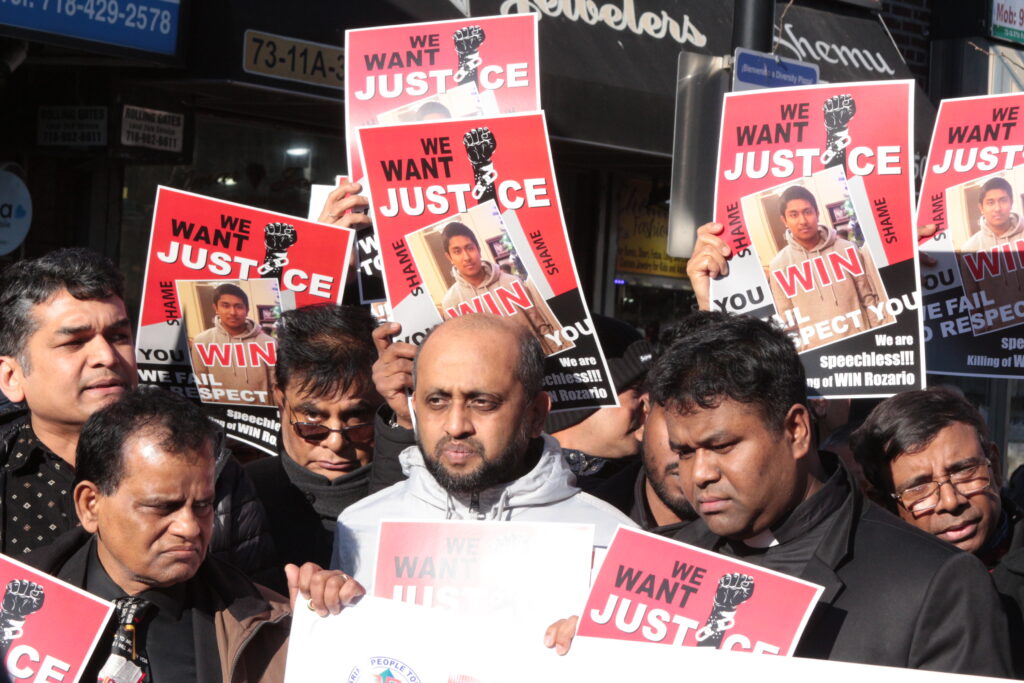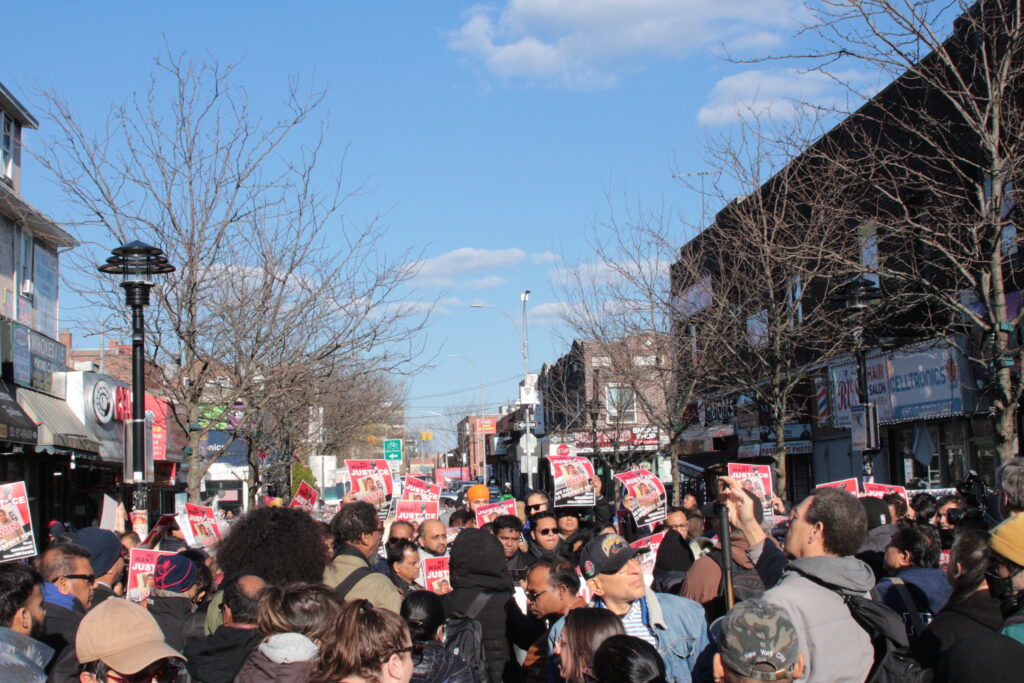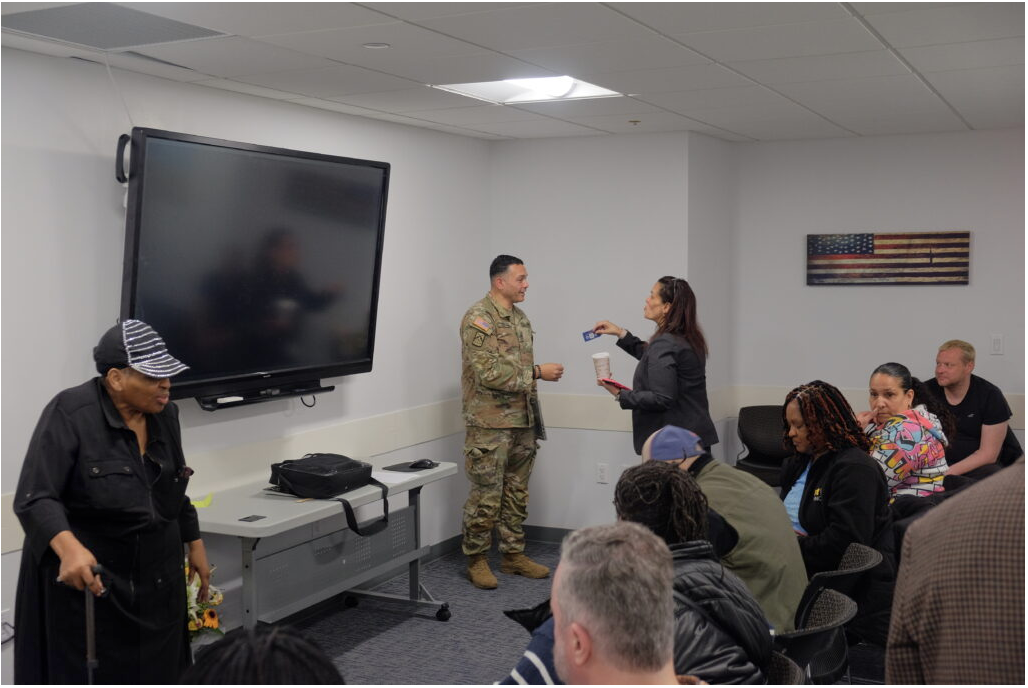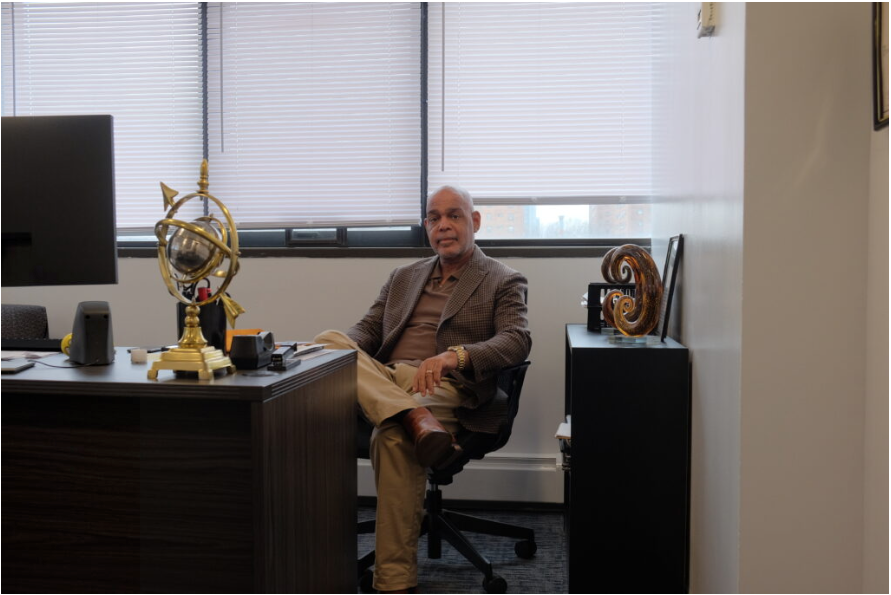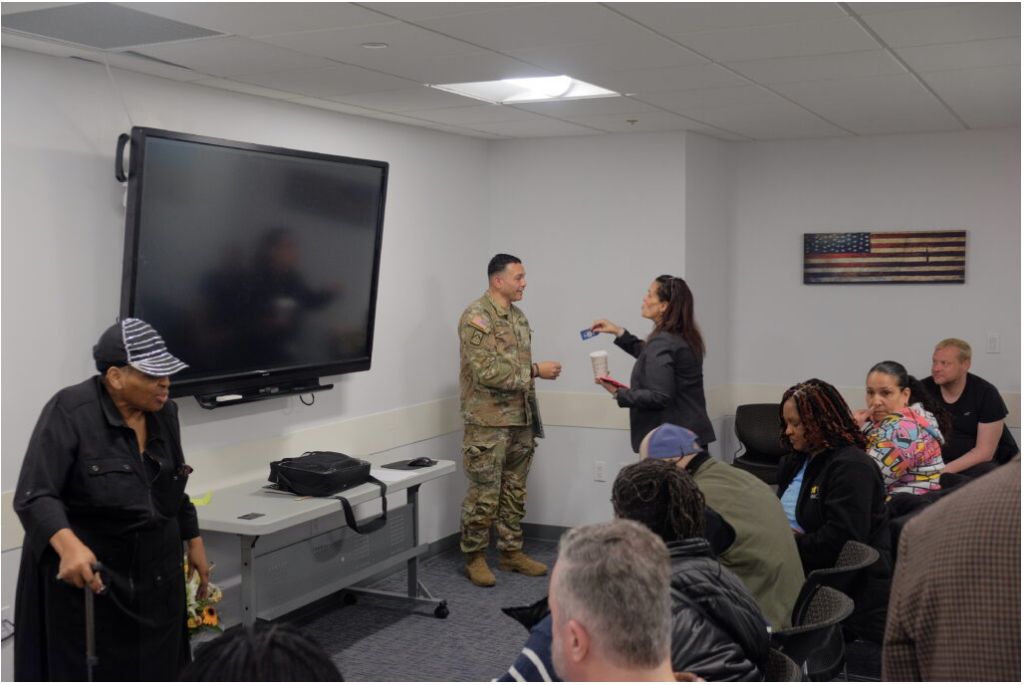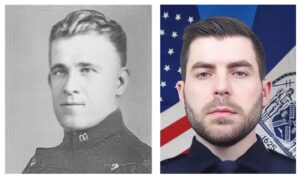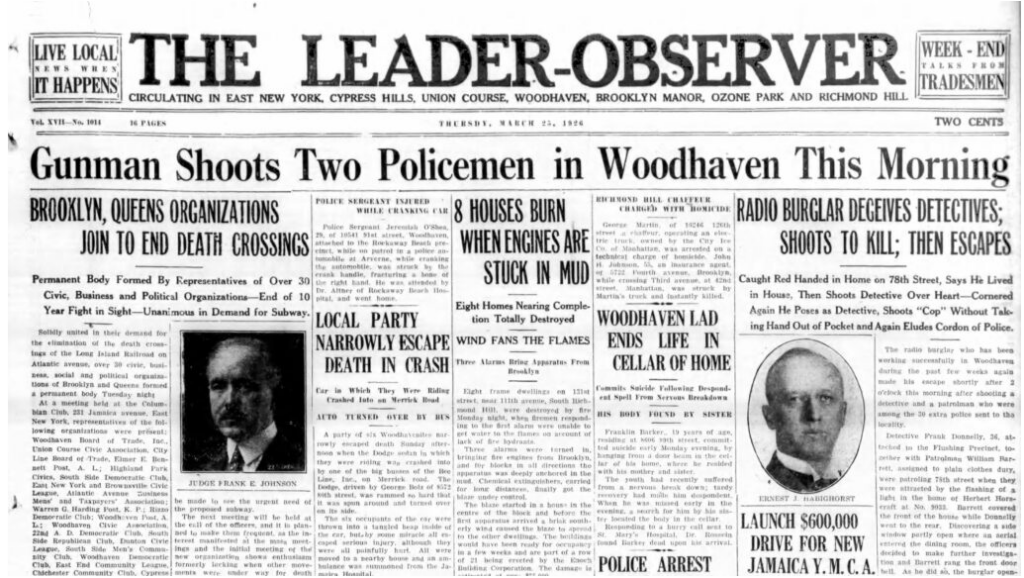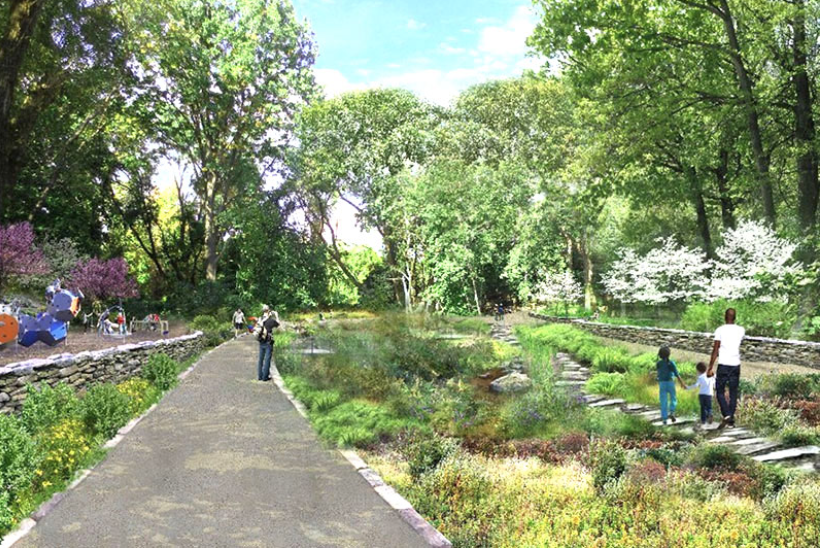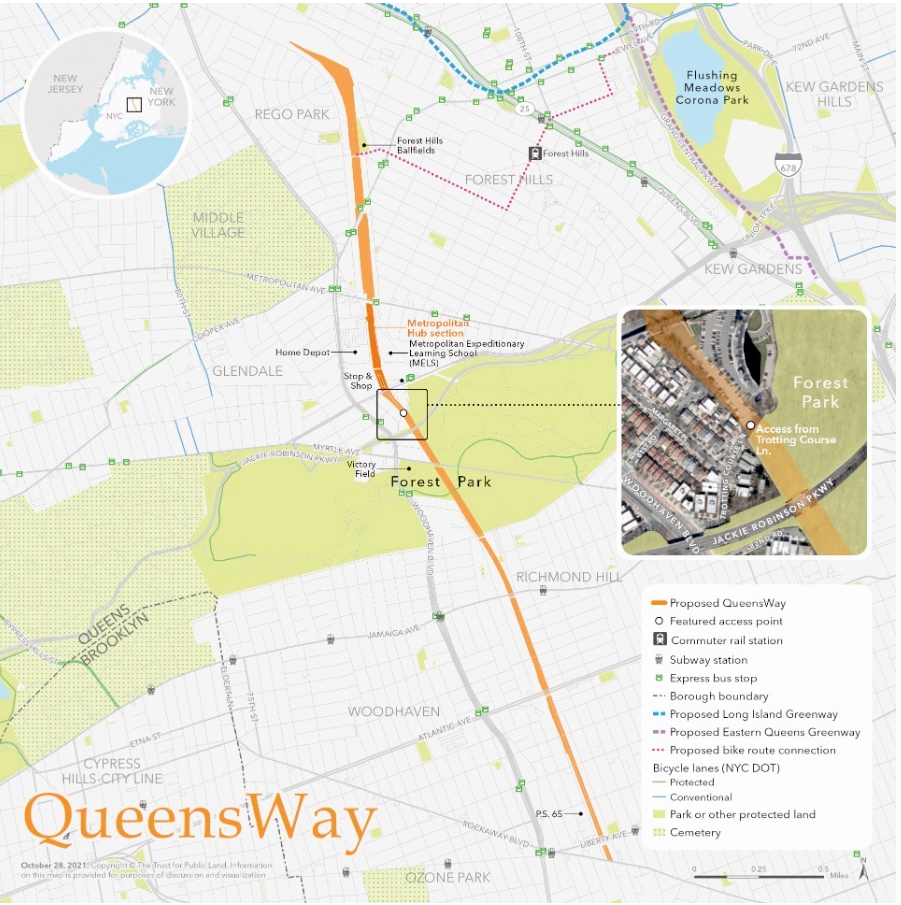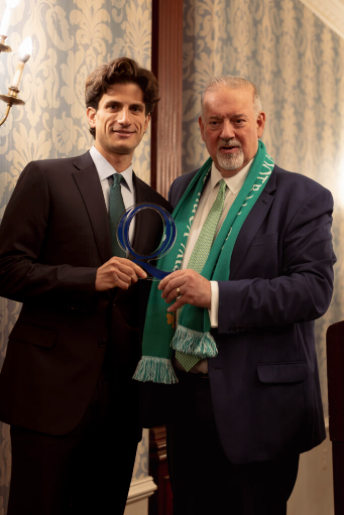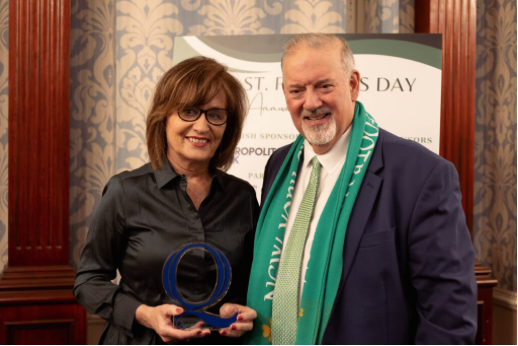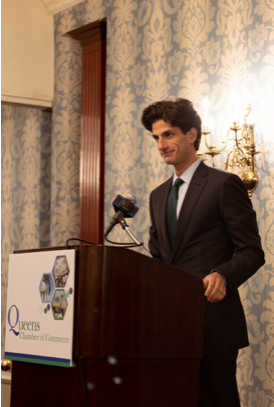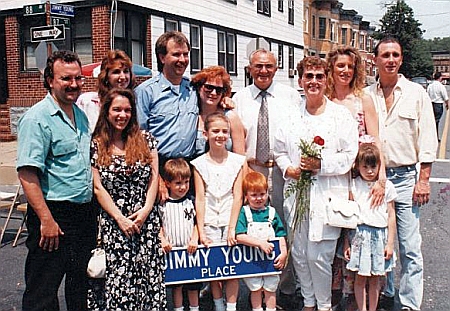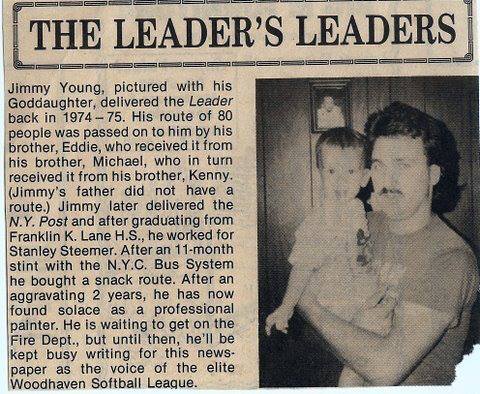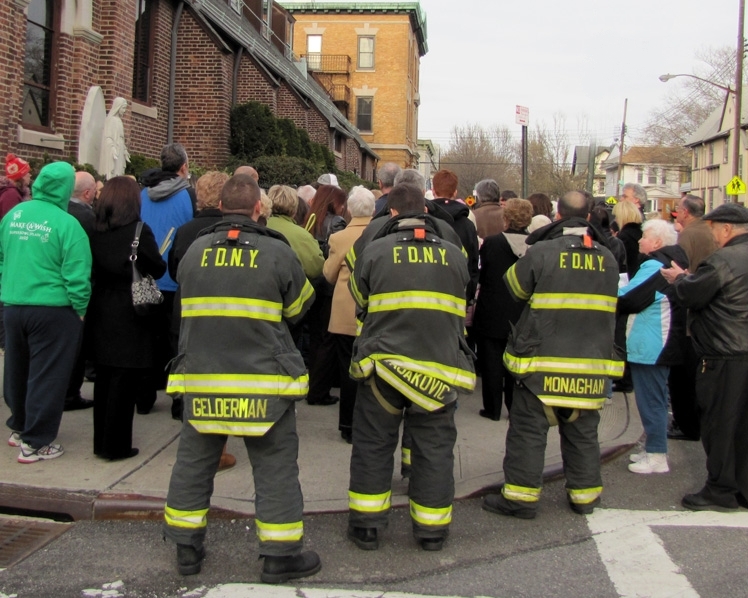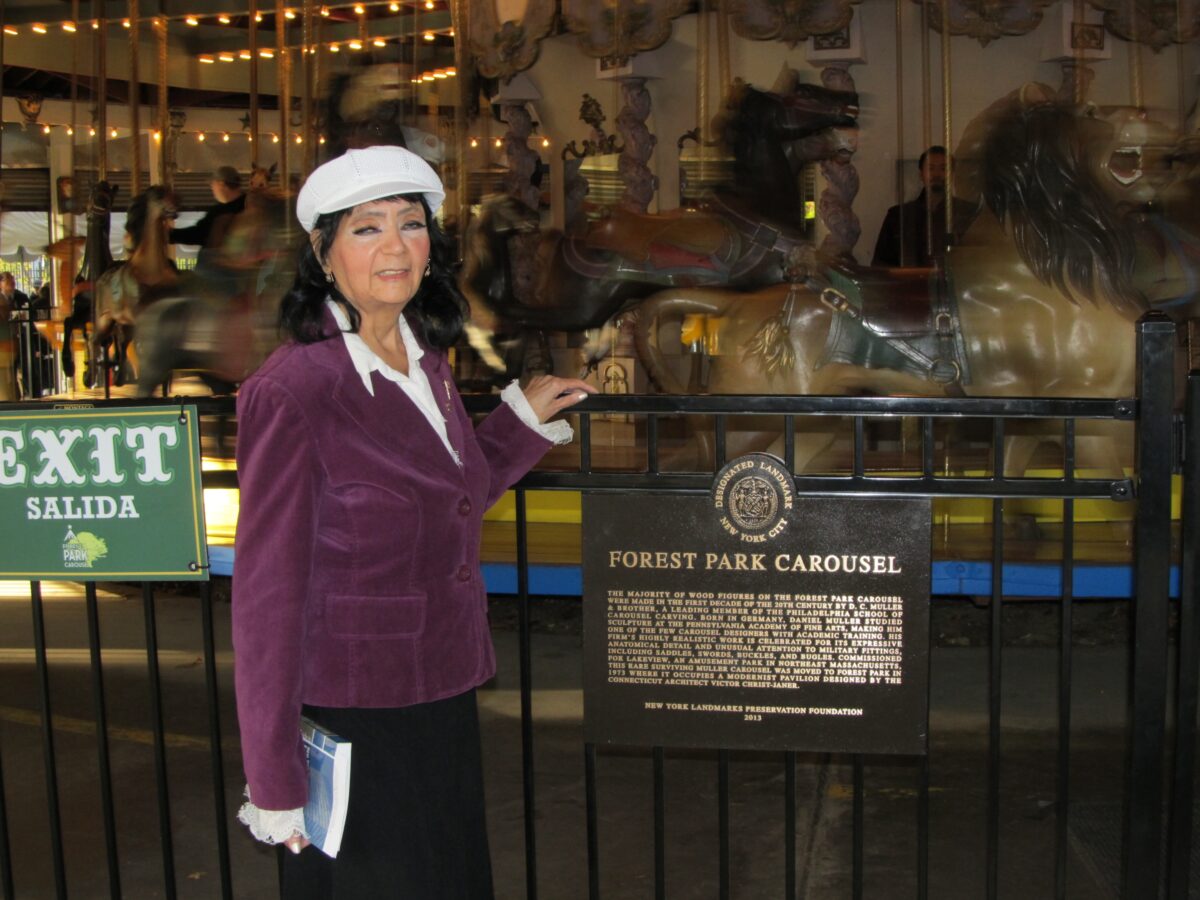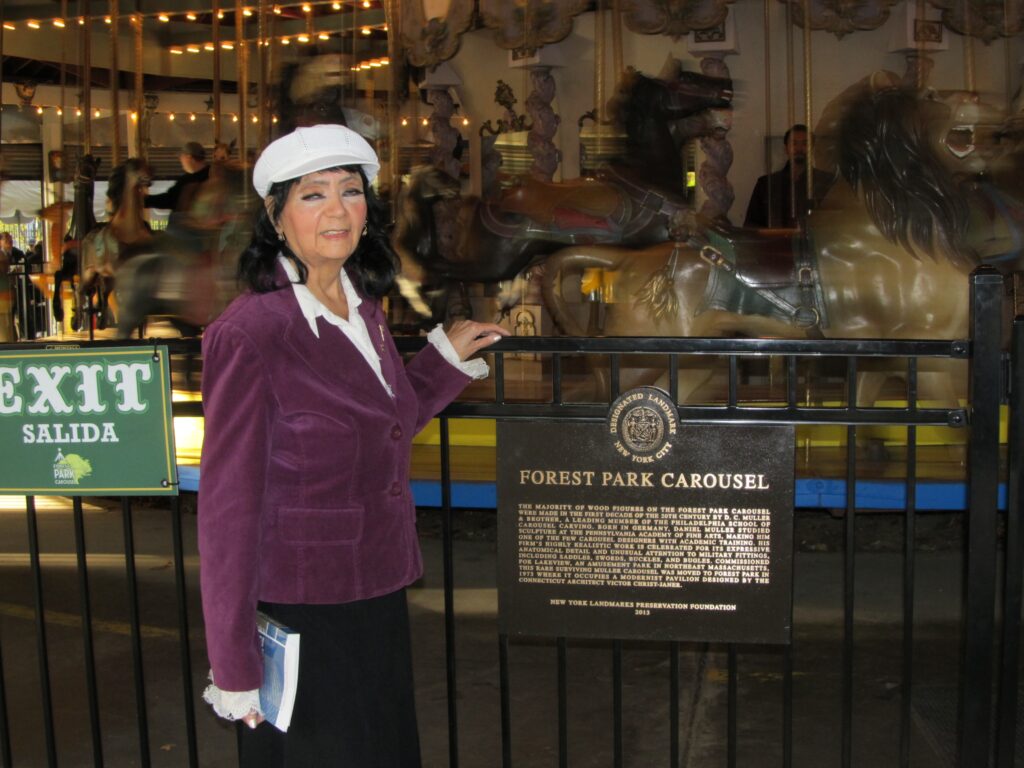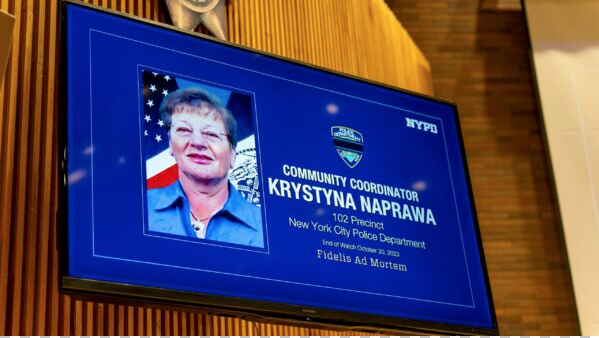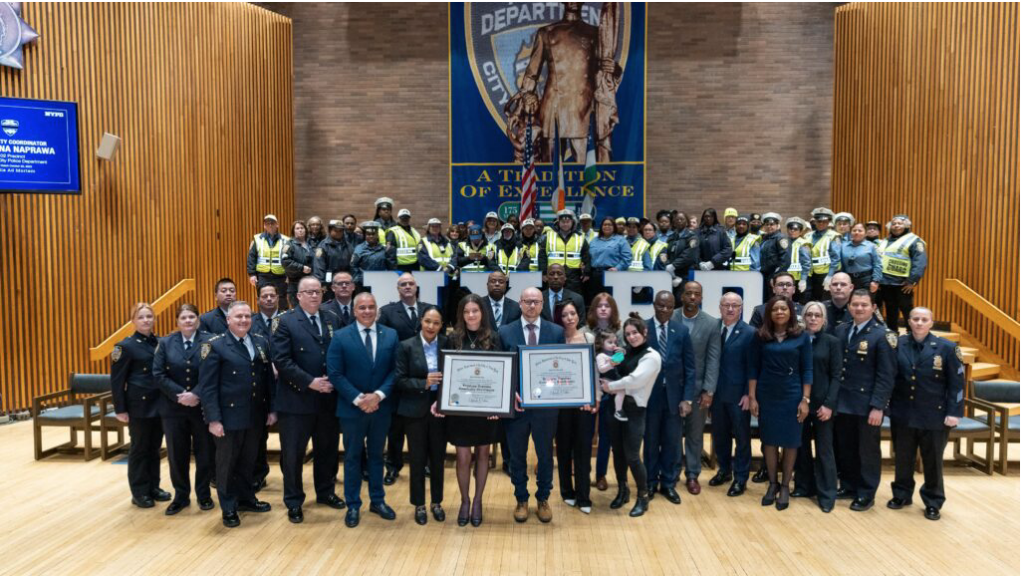100 Years of the Forest Park Bandshell
By Ed Wendell
The bandshell in Forest Park, which turns 100 years old on June 15th, is named after famed bandleader George Seuffert Sr. who founded The Seuffert Band and initiated free concerts in Forest Park way back in 1898.
Seuffert (pronounced SOY-fert) was born in Brooklyn in 1875. His family emigrated from Germany and lived in Brooklyn and eventually settled in Ridgewood. Musically inclined from a young age, Seuffert founded the Concordia Band at the age of 19. Within a few years, in 1897, it would be renamed The Seuffert Band.
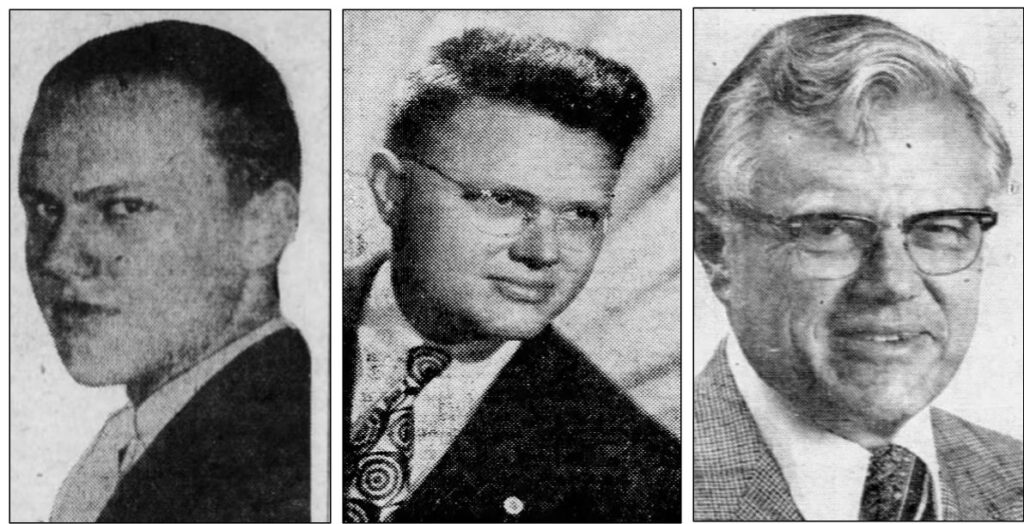
George Seuffert Jr, conductor of The Seuffert Band from 1931 through his death in 1995, a total of sixty-fours years over which they played in Forest Park many hundreds of times, most typically on Sunday afternoons at 3 during the summer. Here George Jr. is shown at 19, 28 and 78 years old.
At that time, many of the small parks around New York City featured small bands, and Forest Park was no exception. The Seuffert Band played a pivotal role in providing musical entertainment to residents of the neighborhoods surrounding Forest Park. Initially performing in an open space called Music Grove, they proved so popular that a wooden bandstand (a circular kiosk) would be constructed in 1914.
In their early years, The Seuffert Band wore military style outfits and favored patriotic marches, especially those composed by close family friend John Philip Sousa. A new bandstand made from concrete would be built on the same spot as the old wooden one in 1924. When it opened, it was said by George Seuffert Sr. that its acoustics were the finest in the country.
Meanwhile, Seuffert’s son George Jr., was a musical prodigy from a very young age. With a bandleader as a father and John Philip Sousa practically an uncle (George Jr. later recalled that Sousa liked taking him out for ice cream), it wasn’t surprising that he wanted to follow in his father’s footsteps.
When George Seuffert Sr. wanted to take a break from conducting and return full-time to his career as a banker, George Jr. stood in for his father as conductor of the Seuffert Band for the first time at the age of 17. And two years later, in 1931, he officially took over as The Seuffert Band’s full-time permanent conductor. It was a position he would hold for the next sixty-four years.
And over the course of those sixty-four years the Seuffert Band led by George Jr. would grace the stage of the Forest Park Bandstand at Music Grove (as it was popularly known) many hundreds of times, most typically on Sunday afternoons at 3 during the summer.
Concerts were partially paid for by the City of New York and both Seufferts were so well-known and respected that private donations and sponsorships were not hard to come by.
George Seuffert Jr. emphasized a blend of classical and lighter music in the band’s programs, following John Philip Sousa’s philosophy that band music should entertain first and educate second. The Seuffert Band’s concerts introduced many listeners in Forest Park (including many of you reading these words right now) to new musical experiences.
“We introduce people to music that they may be unfamiliar with, and that they may someday wish to hear at the opera or the philharmonic,” George Jr. once recalled.
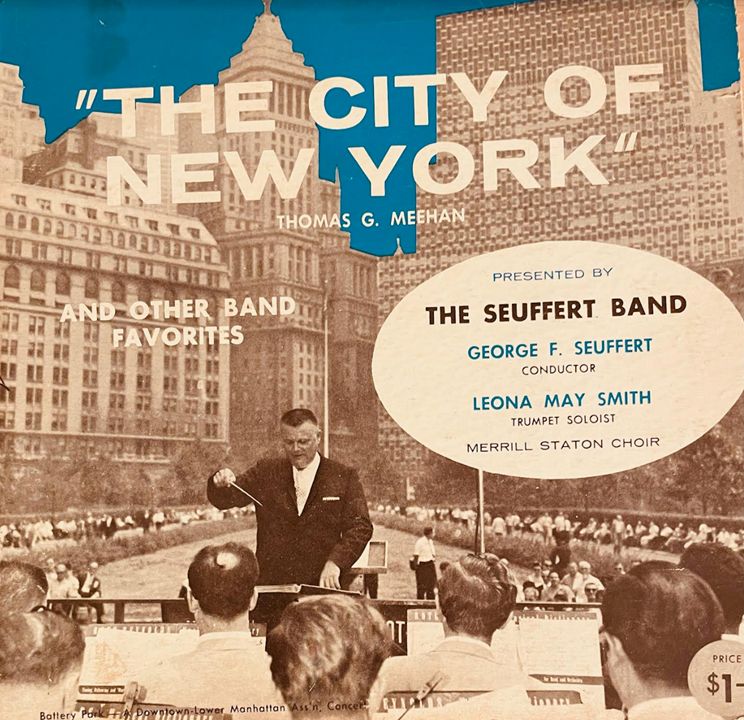
The Seuffert Band pressed their musical talents to vinyl in 1961 (album donated to the Woodhaven Historical Society by Neir’s Ambassador Ina Henderson). This music will be played from the stage of the George Seuffert Sr. Bandshell in Forest Park during 100th birthday celebrations on Saturday, June 15th.
Though George Jr. was firmly in charge of the Seuffert Band, George Sr. was welcomed back to Music Grove every summer for a concert on or about his August 22nd birth date. It was always big news when George Sr. returned to the Forest Park Bandstand, his last appearance coming in 1964, just weeks before his passing at the age of 89.
The Bandstand would undergo renovations in 1979 and upon reopening, it had been named for George Seuffert Sr. The Seuffert band, led by George Jr., took the stage in Music Grove to celebrate the honor paid to their beloved founder and former bandleader.
But the music came to a halt when George Seuffert Jr. passed away in 1995, just days from his 83rd birthday and the band disbanded due to a lack of a successor.
The Queens Symphony Orchestra took over performances at the George Seuffert Sr. Bandshell. They have continued the tradition of musical excellence in Forest Park, including celebrating significant milestones like the bandshell’s 100th birthday on June 15th.
The history of the bandshell and the Seuffert family’s legacy underscores the significance of community music and cultural heritage in public spaces like Forest Park. We extend a warm invitation to everyone to join us in celebrating the 100th birthday of The George Seuffert Sr. Bandshell at Music Grove on Saturday, June 15th (times to be announced).
For further details and information about the event, please feel free to reach out to the Woodhaven Cultural & Historical Society via email at projectwoodhaven@gmail.com. We look forward to seeing you there for a day filled with music, memories, and celebration!


